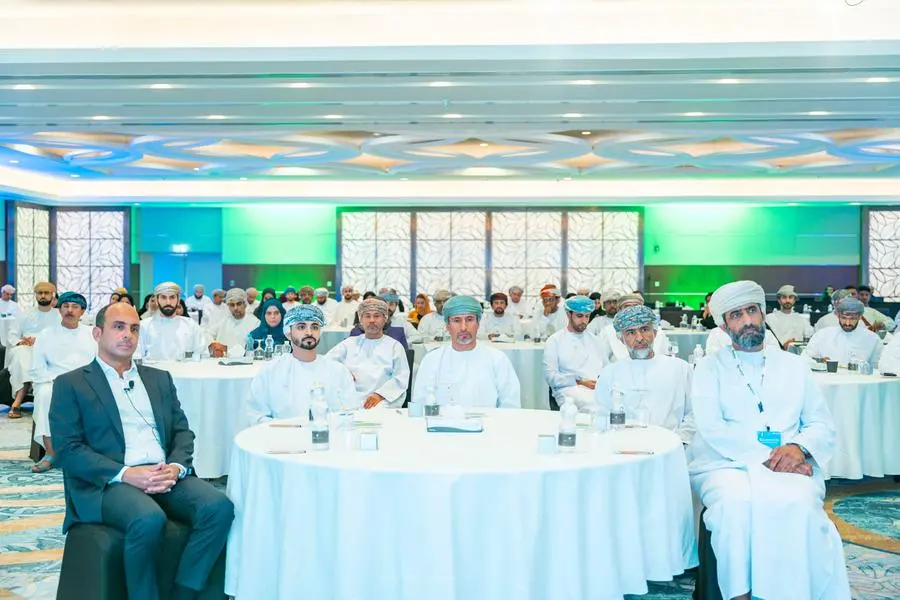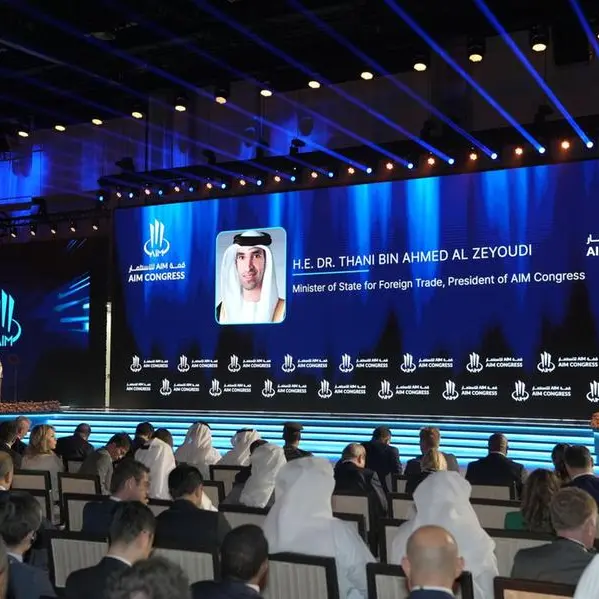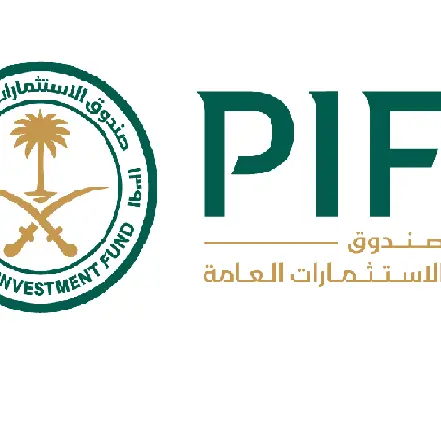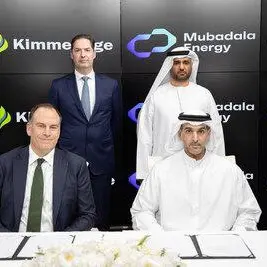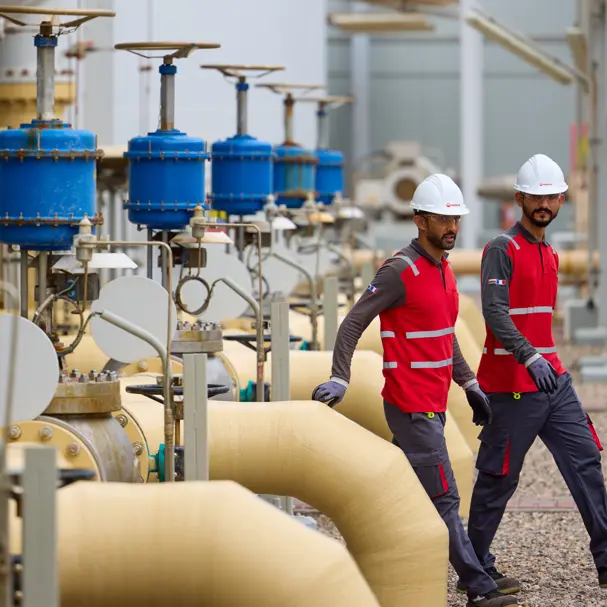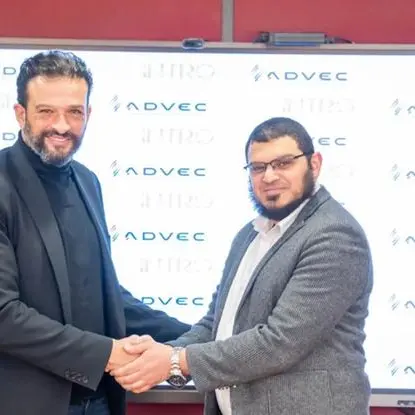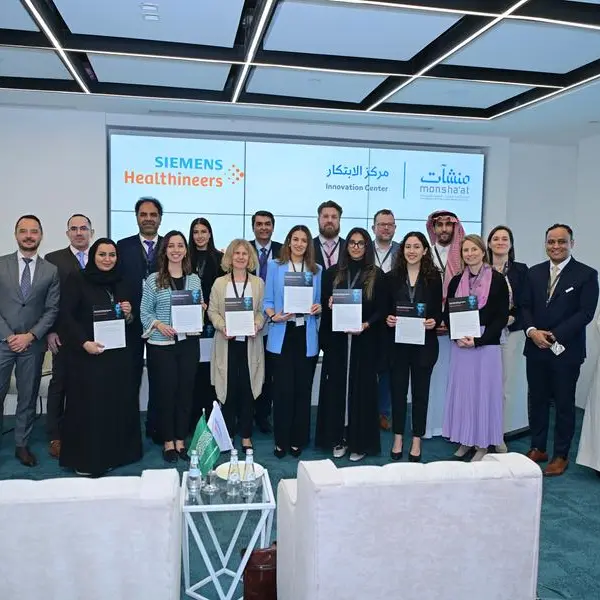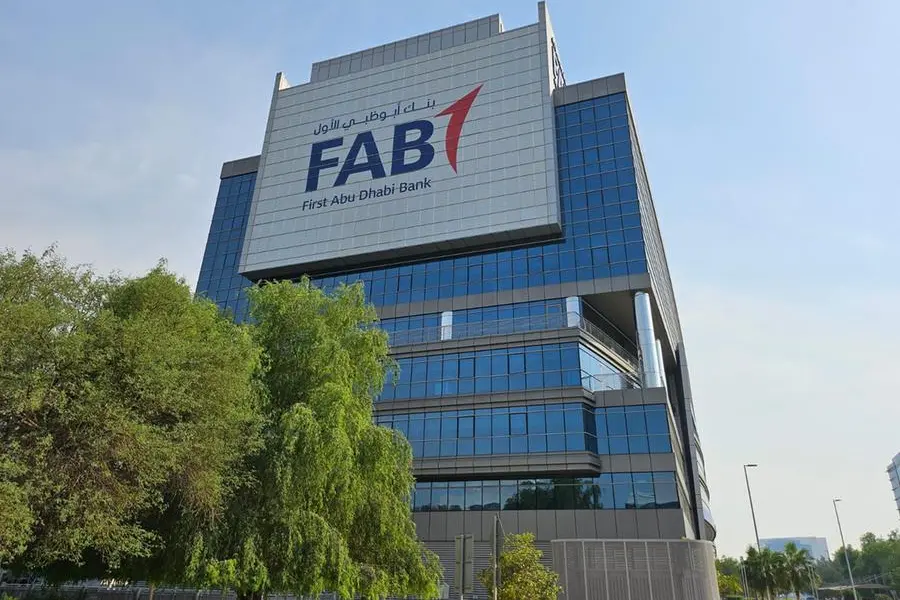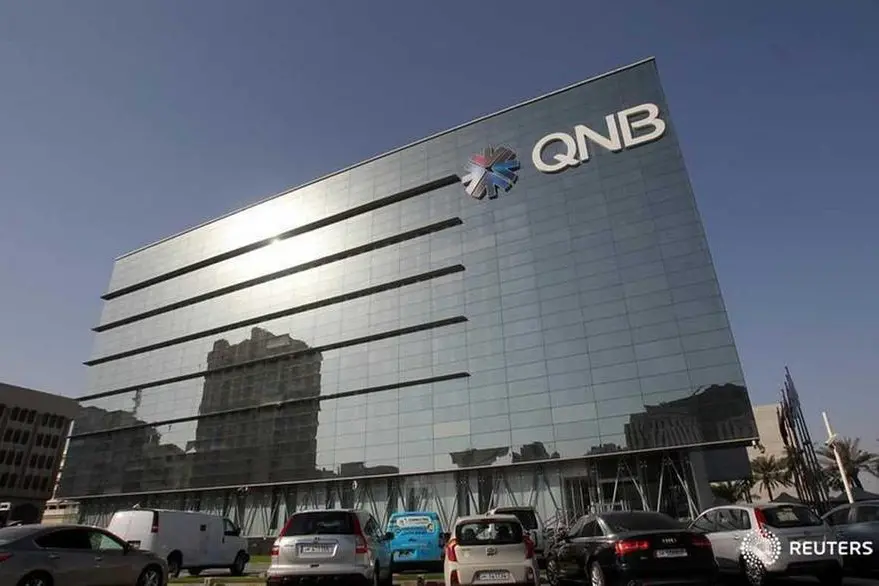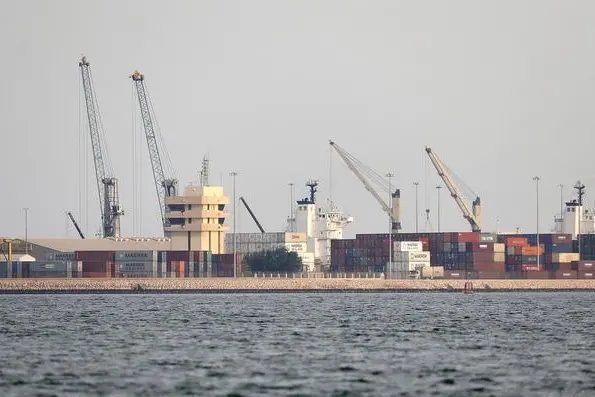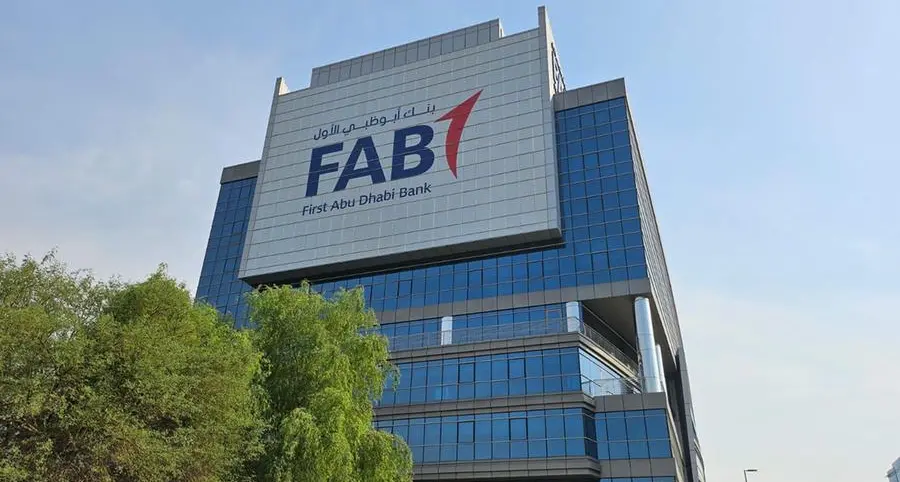PHOTO
Hydrom, in collaboration with the Oman Vision 2040 unit and the Ministry of Energy and Minerals, successfully concluded the two-week Ecosystem Readiness Lab, outlining a total of 26 initiatives designed to deliver Oman’s 2030 green hydrogen production targets. Image courtesy: Hydrom
Muscat: Hydrom, in collaboration with the Oman Vision 2040 unit and the Ministry of Energy and Minerals, successfully concluded the two-week Ecosystem Readiness Lab, outlining a total of 26 initiatives designed to deliver Oman’s 2030 green hydrogen production targets. The multi-sector initiatives, covering five key focus areas Permits, Contractors, Workforce Development, Logistics, and Local Content are set to be submitted for approval following final review from the overseeing steering committee in few weeks.
Once approved, the initiatives will play an instrumental role in propelling Oman’s strategic objectives, driving increased private sector investment, fostering entrepreneurial innovation, and enhancing the national ecosystem’s readiness for green hydrogen projects; all the while ensuring Oman is well-positioned to capitalize on the emerging opportunities in the global green energy market.
Ahmed Ibrahim Al Abri, Planning & Regulatory Manager at Hydrom commented, "The outcomes of the Ecosystem Readiness Lab are a major milestone in our journey to build a robust and sustainable green hydrogen ecosystem in Oman. Through the alignment of our public and private sectors, we are setting the stage for long-term success. This collaborative approach underscores our shared commitment to sustainability, economic diversification, and positioning Oman as a leader in the global green energy transition."
The first workstream, focusing on the construction and engineering sector, has outlined a six initiatives aimed at enhancing the readiness and capacity of local firms to engage in large-scale green hydrogen projects. These include developing a comprehensive tender information package, facilitating partnerships between local and international contractors within targeted supply chains, and launching a marketing campaign positioning Oman as a global leader in green hydrogen. Additionally, a platform will be created to connect developers with local contractors, while industry standards for green hydrogen projects will be established within the framework of the National Green Hydrogen Center. Finally a pilot green hydrogen production project has also been propsed to further drive sector development.
The second workstream addressed the current and future needs of skilled labor, focusing on programs to upskill the national workforce for green hydrogen projects. Among the eight proposed initiatives were efforts to align with labor market analysis in the clean energy sectors, establish skill incubators for flexible and seasonal workers, and develop dedicated labor housing communities. Other key initiatives included setting welfare, safety, and health standards in line with international practices, tracking employment opportunities within the hydrogen sector, and facilitating the recruitment of specialized talent to strengthen local expertise. Furthermore, proposals aimed at improving the qualifications of local engineering consultants and increasing awareness through educational programs in schools and colleges were put forward to ensure a well-prepared workforce for the sector’s future growth.
The third workstream reviewed the current regulatory framework, particularly in relation to permits, in an effort to simplify procedures to enable faster project execution. A central initiative proposed was the "single permit" system, designed to streamline the approval process through a one-stop-shop model, ensuring smoother and more efficient operations for green hydrogen projects.
The fourth workstream examined the logistical requirements necessary to support green hydrogen production and export, focusing on the infrastructure and operational needs of Oman’s ports, transportation networks, and supply chains. The three proposed initiatives included conducting a comprehensive logistics study that covers key roads, ports, and related facilities, assigning Asyad Group the responsibility for developing and managing the integrated logistics system for the hydrogen sector, and establishing a monitoring platform to coordinate and regulate the smooth flow of supply chains for hydrogen projects.
The fifth workstream, focused on local content, sought to identify ways to enhance the participation of local businesses throughout the green hydrogen value chain, while promoting innovation and stimulating investment in the alternative energy sector. Eight key initiatives were proposed including the development of an enabling package for industries and services involved in green hydrogen projects, along with incentive programs for public services linked to the sector. The workstream also put forward the creation of a dedicated financing mechanism to support hydrogen-related industries, the establishment of an economic cluster for hydrogen-based industries, and the founding of the National Green Hydrogen Center for research, development, testing, and capacity building. Additional initiatives included local manufacturing of trailers for hydrogen supply chain components, the localization of wind turbine tower production, and a study to mitigate risks associated with securing essential raw materials.
The implementation of the 26 initiatives will secure Oman’s position as a leader in green hydrogen production and export, reaffirming the nation’s deep commitment to sustainability and innovation. By advancing these efforts, Oman is on track to meet its 2030 green hydrogen targets, driving domestic growth and solidifying its role in the global clean energy transition.
